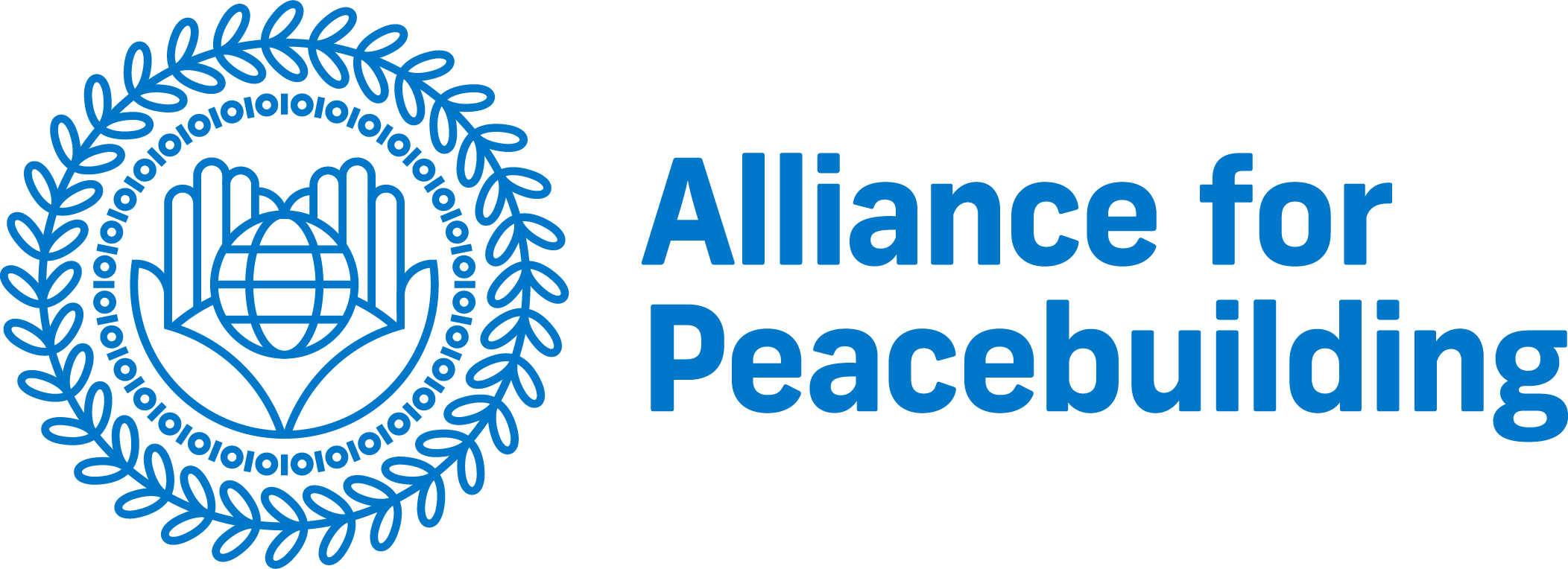Filling in the Gaps: Progress and Backsliding in Sustainable Development Goal 16 Indicators
Authors: Ghassan Abunura, Maryam Alam, Raphael Miller, Alex Parker, Joshua Perry, Dana Roth, Stephen Sobonya, David Traugott, Nandar Tun
Publisher: Alliance for Peacebuilding
Publication date: March 2023
The American University Conflict Mitigation and Peacebuilding Practicum team partnered with Alliance for Peacebuilding (AfP) to explore the challenges of measuring progress in the attainment of Sustainable Development Goal 16 (SDG 16) and potential lessons for the design of the 2030 Agenda for Sustainable Development. The American University team of nine graduate students addressed the question from three angles. First, they studied the current state of monitoring and measurement using the 2020 Institute for Economics and Peace (IEP) Audit Report. Second, they summarized the international community's major challenges in measuring and implementing SDG 16. Third, they highlighted what lessons on developing, measuring, and implementing SDG 16 can be applied to the 2030 Agenda for Sustainable Development.
SDG 16 looks to “promote peaceful and inclusive societies for sustainable development, provide access to justice for all and build effective, accountable, and inclusive institutions at all levels.” As violent conflict increases globally and the 2030 United Nations (UN) Millennium Goals approach, the international community has begun to pay closer attention to the efficacy of existing mechanisms used to measure SDGs. The interlinkages between governance, security, and development are increasingly important for long-term sustainable peace and development. However, since the addition of Goal 16 to the SDGs, global progress has been uneven. Individually, countries are meeting the targets set out by some indicators, while ignoring others, which creates the illusion that they are by and large on track. Globally, as this report intends to show, progress on SDG 16 has fallen far short of intended goals. In many cases, we believe, 2030 goals may prove to be a bridge too far.
Around the world, there has been an increase in the number of violent conflicts and the number of people living in conflict-affected areas. A record number have been forcibly displaced. Per United Nations (UN) statistics, the global homicide rate declined by 5.2% between 2015 and 2020. Corruption continues to be prevalent in every region of the world. The capacity to meet the targets of not only SDG 16 but all the SDGs is especially problematic in fragile and conflict-affected countries. The COVID-19 global health crisis only exacerbated existing challenges and highlighted the growing importance of effective and inclusive governance.
Due to time and resource constraints, the analysis and findings presented in this report are through the lens of twelve countries and five indicators. The countries were chosen by their rankings on the Fragile State Index (FSI) Heat Map and the indicators by their relevance to the peacebuilding work done by AfP. The methodology used to answer the research question includes desk-top research and analysis, case studies, and expert interviews.

